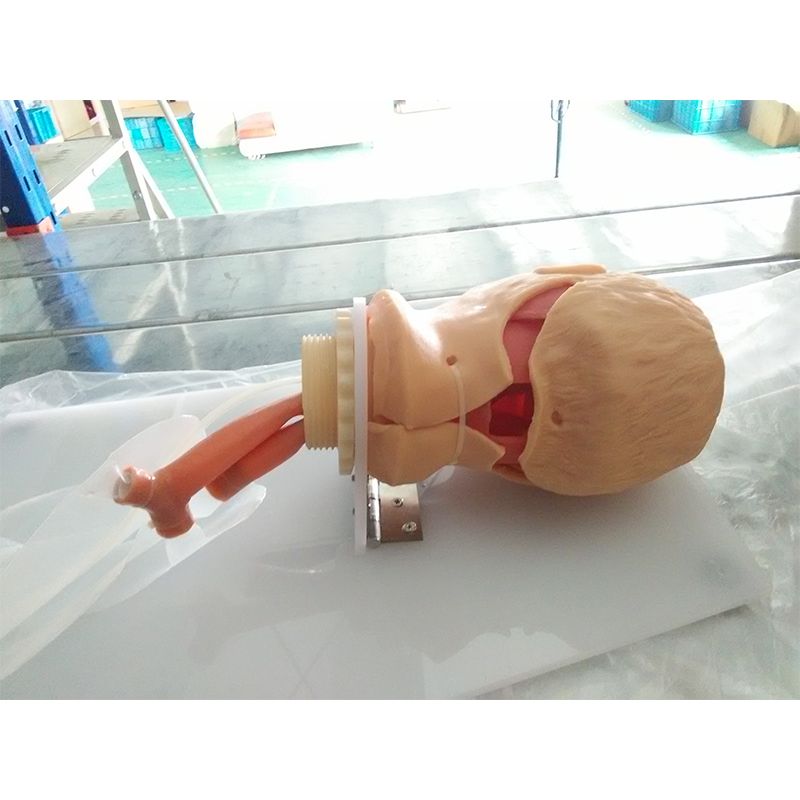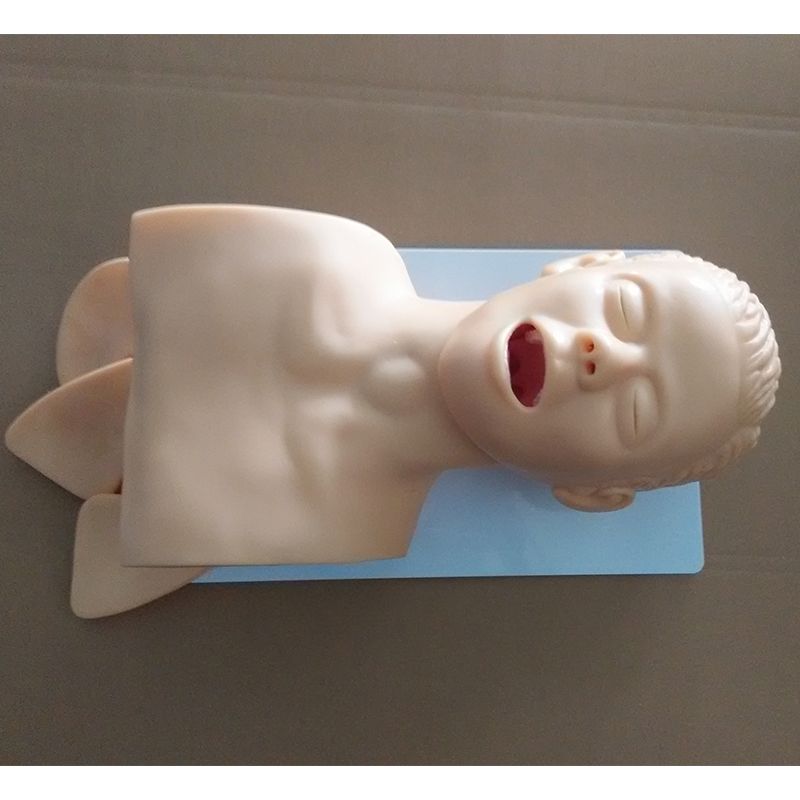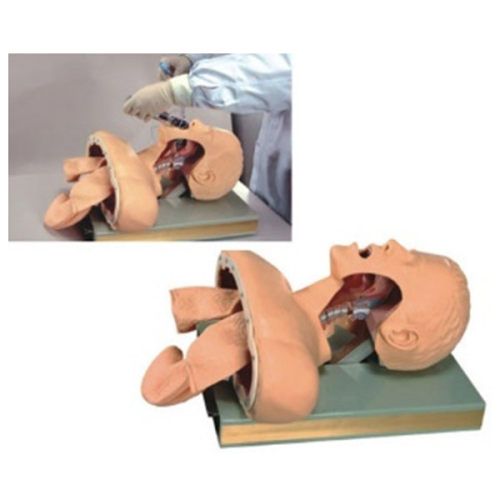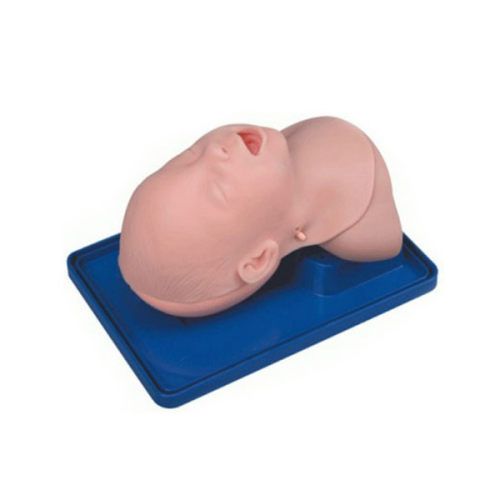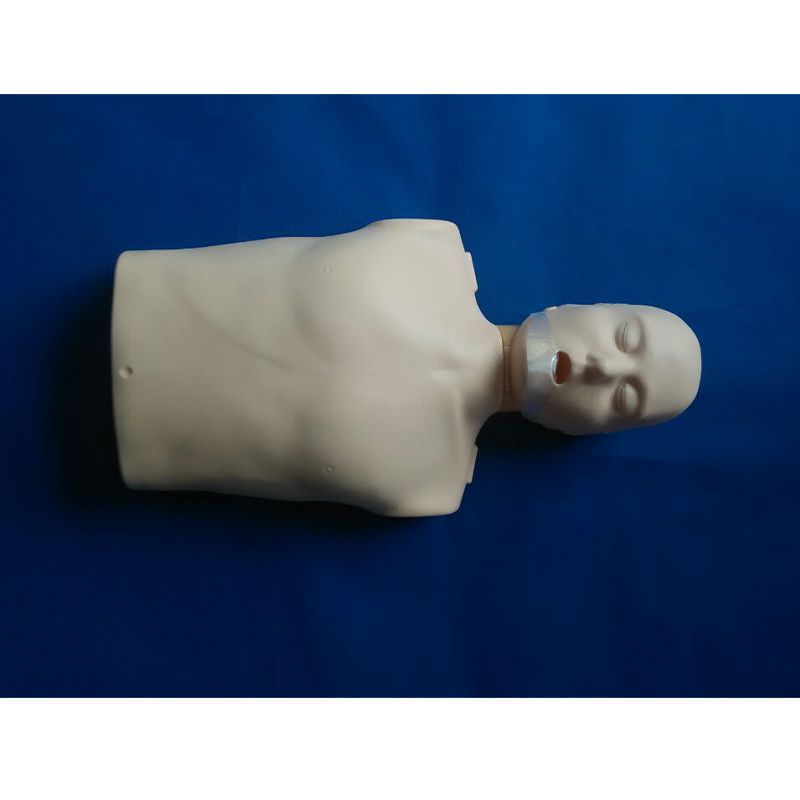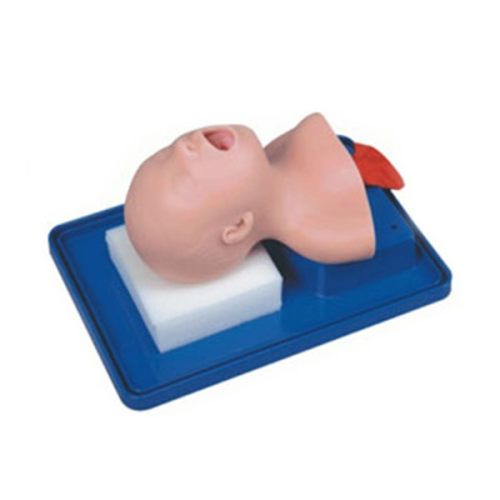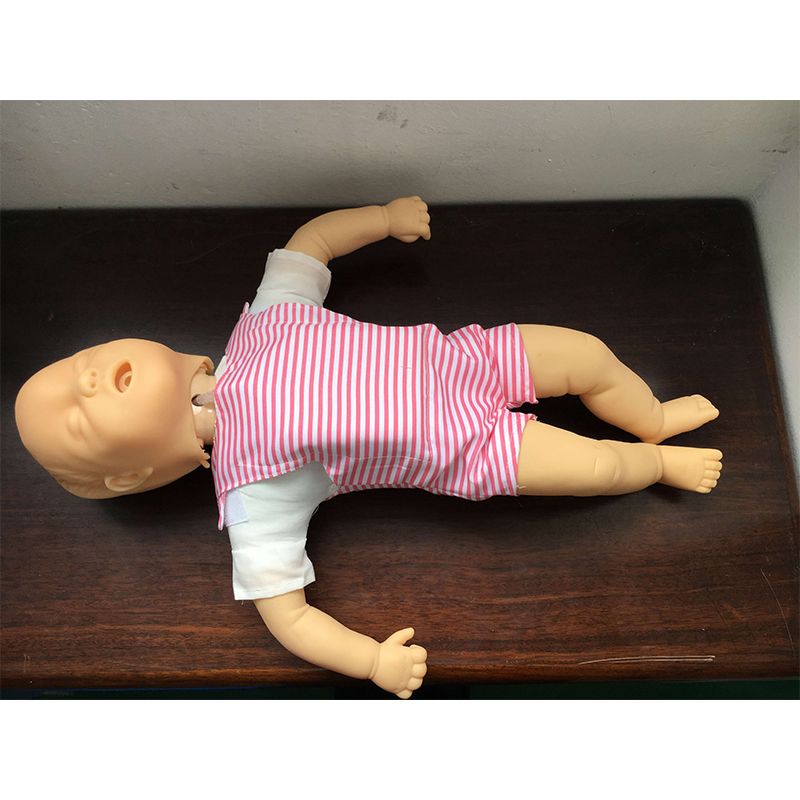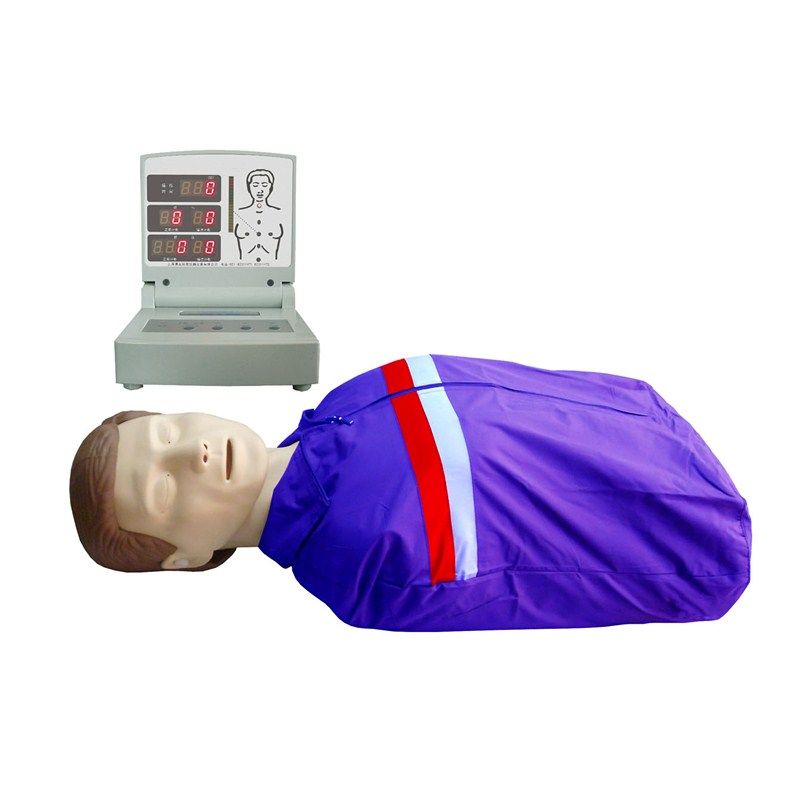In emergency situations, every second counts. When someone experiences cardiac arrest, immediate CPR can significantly increase their chances of survival. However, administering CPR can expose the rescuer to potential health risks, including exposure to bloodborne pathogens. To mitigate these risks, CPR face shields have become an essential tool in emergency response. These protective barriers allow rescuers to perform CPR effectively while minimizing the risk of infection.
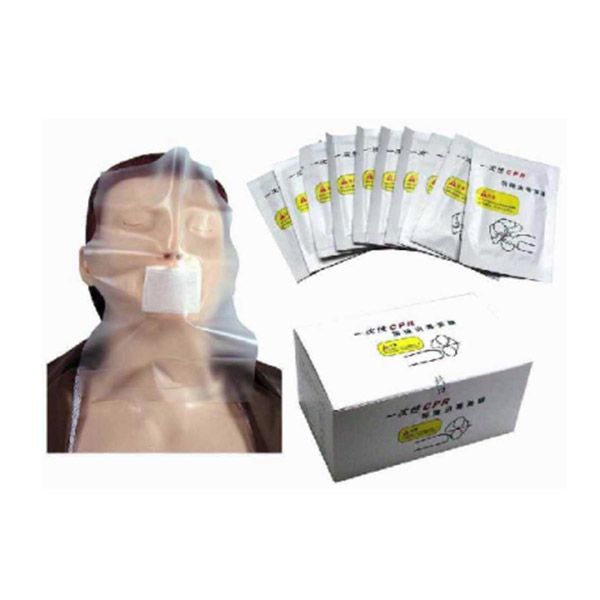
What is a CPR Face Shield?
A CPR face shield is a transparent, disposable barrier designed to protect the rescuer’s face and mouth from direct contact with the victim’s bodily fluids during CPR. It typically made from transparent plastic or another flexible material. Most CPR face shields are equipped with a one-way valve, which allows air to flow into the patient’s lungs while blocking any fluids from reaching the rescuer. This one-way valve is crucial for maintaining effective ventilation without risking cross-contamination.
How CPR Face Shields Work?
The function of a CPR face shield centers on two primary mechanisms: creating a barrier and facilitating airflow.
- Barrier Protection: The shield covers the patient’s mouth and nose, preventing direct contact and minimizing the risk of disease transmission. This barrier provides peace of mind to rescuers, who can perform CPR confidently, knowing they have protection against bodily fluids and possible pathogens.
- One-Way Valve Mechanism: The one-way valve is a critical component of most CPR face shields. It enables air to move from the rescuer into the patient’s lungs during breaths while preventing backflow, thus blocking any bodily fluids that could potentially enter the rescuer’s mouth. This mechanism ensures that the patient receives the necessary oxygen without compromising the safety of the person providing help.
- Oxygen Flow Maintenance: CPR face shields are designed to allow for adequate airflow, which is essential for effective resuscitation. By ensuring a secure fit over the patient’s face, the shield maintains optimal airflow, helping the rescuer deliver oxygen efficiently and maintain the effectiveness of each breath.
CPR face shields offer a simple yet highly effective way to facilitate safe and hygienic mouth-to-mouth resuscitation. By acting as a physical barrier and incorporating a one-way valve, they protect both the rescuer and the patient without compromising the quality of emergency care.
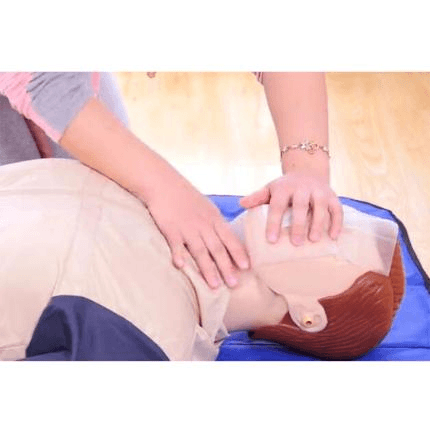
The Benefits of Using CPR Face Shields in Emergencies
In an emergency, a CPR face shield offers various benefits that enhance both safety and convenience.
- Enhanced Hygiene and Safety: CPR face shields provide a critical layer of protection by minimizing contact with bodily fluids, which can carry infectious pathogens. This protection is especially vital when providing help to strangers or in situations where the medical history of the patient is unknown.
- Convenience and Portability: CPR face shields are compact and designed for portability, making them easy to carry on a keychain, in a wallet, or as part of a first aid kit. This portability ensures that the rescuer has access to a protective barrier wherever they go, allowing for immediate response in an emergency.
- Ease of Use: Unlike complex medical devices, CPR face shields are user-friendly and require minimal training to operate. Their simplicity means that even untrained individuals can confidently use them in emergencies, improving outcomes by allowing more people to perform CPR safely.
The benefits of CPR face shields make them a crucial addition to any first aid toolkit. By enhancing hygiene, providing portability, and ensuring ease of use, these shields empower rescuers to act quickly and confidently in life-threatening situations.
Step-by-Step Guide to Using a CPR Face Shield
Using a CPR face shield properly is essential to ensure both effective resuscitation and personal protection. Here is a step-by-step guide to using a CPR face shield:
- Position the Shield: Place the shield over the patient’s mouth and nose, ensuring it covers both areas completely. Align the one-way valve over the patient’s mouth to create a secure barrier.
- Form a Seal: Hold the edges of the shield firmly in place, forming a seal around the patient’s mouth and nose. This seal prevents air from escaping and directs it into the patient’s lungs during breaths.
- Administer Rescue Breaths: Using the one-way valve, deliver rescue breaths by blowing into the valve according to CPR guidelines. This process helps oxygen reach the patient’s lungs while preventing backflow.
- Monitor and Adjust: Continue with chest compressions and rescue breaths as needed, monitoring the patient’s response and adjusting the shield as necessary to maintain a secure fit.
The more detailed guide please refer to the specific products. If you are looking for a CPR face shields supplier, please feel free to contact us. We can providing you CPR equipments for training and using.
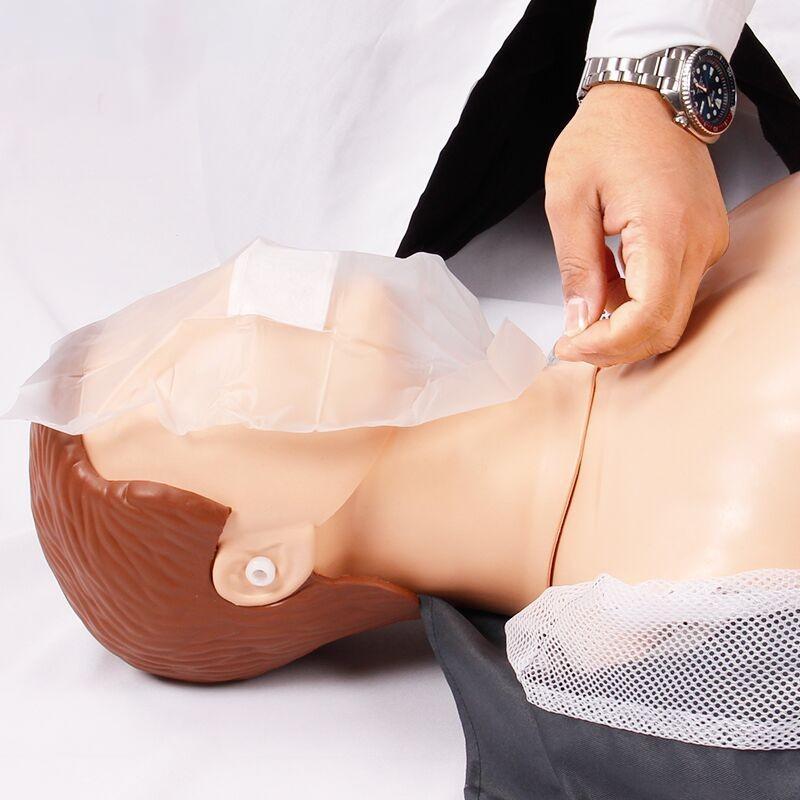
When and Where to Use CPR Face Shields
CPR face shields are versatile tools suited to various emergency scenarios and locations:
Ideal Situations for Use: CPR face shields are particularly useful in high-traffic areas such as airports, shopping centers, and other public spaces where strangers may need assistance. They’re also beneficial in situations involving bodily fluids or in cases where infectious disease exposure is a concern.
Who Should Carry One?: CPR face shields are valuable for healthcare professionals, first responders, and anyone trained in CPR. Additionally, those who work in environments where emergency response might be necessary, such as teachers, sports coaches, and lifeguards, should consider carrying a CPR face shield as part of their first aid supplies.
CPR face shields are a practical, effective solution for anyone who may need to perform resuscitation in an emergency. By keeping a CPR face shield readily available, individuals can respond confidently and safely, regardless of the situation or environment.
